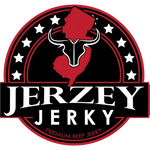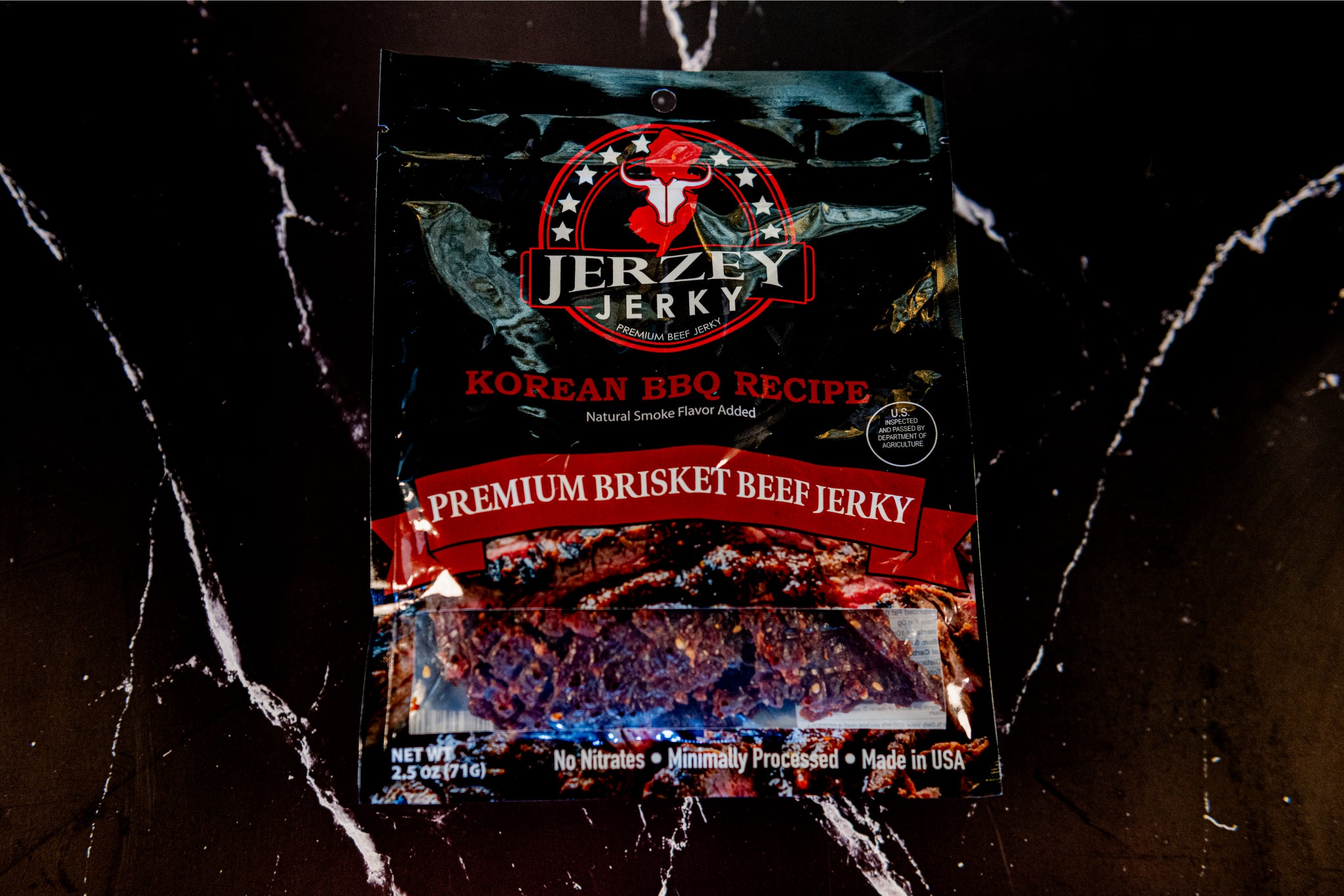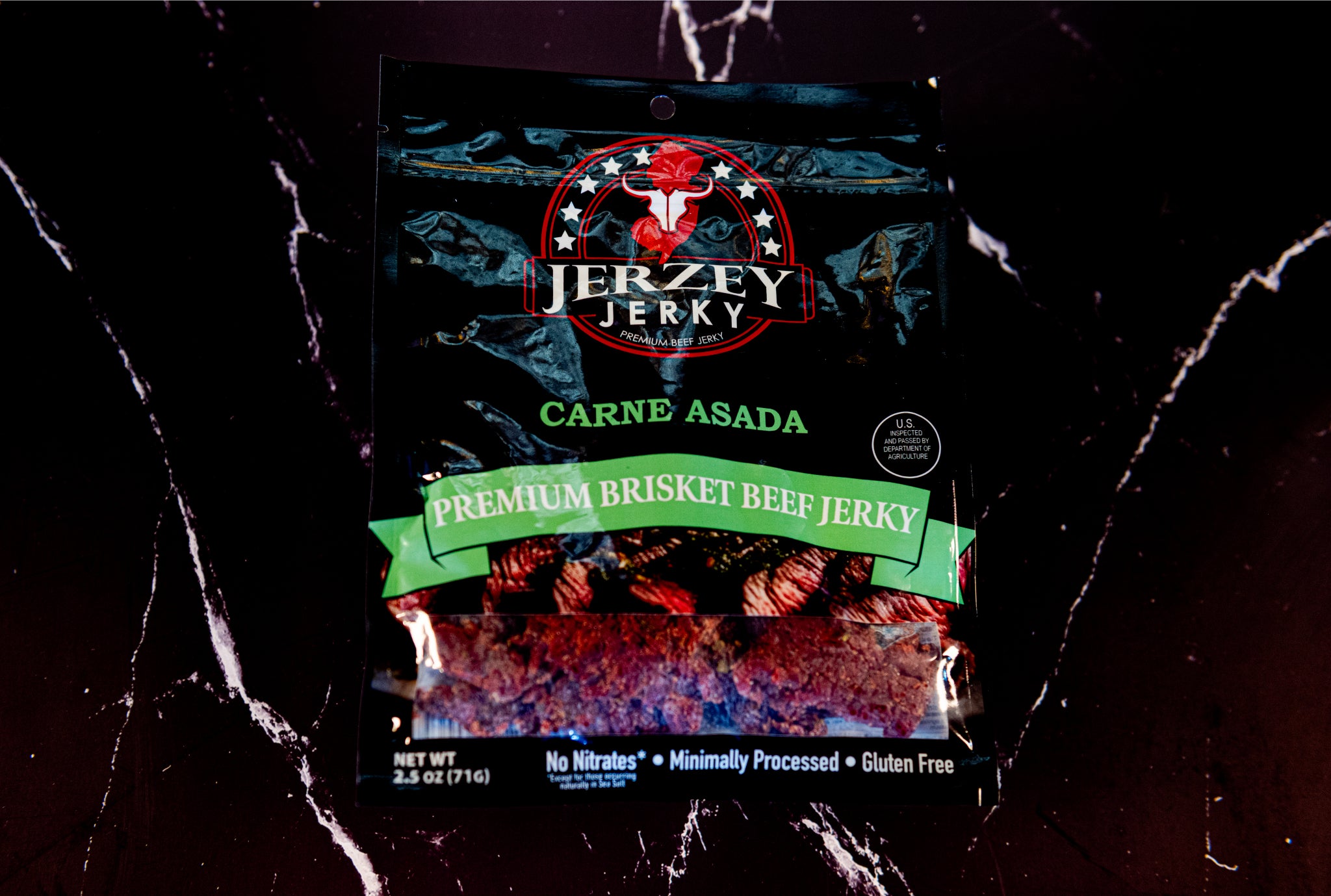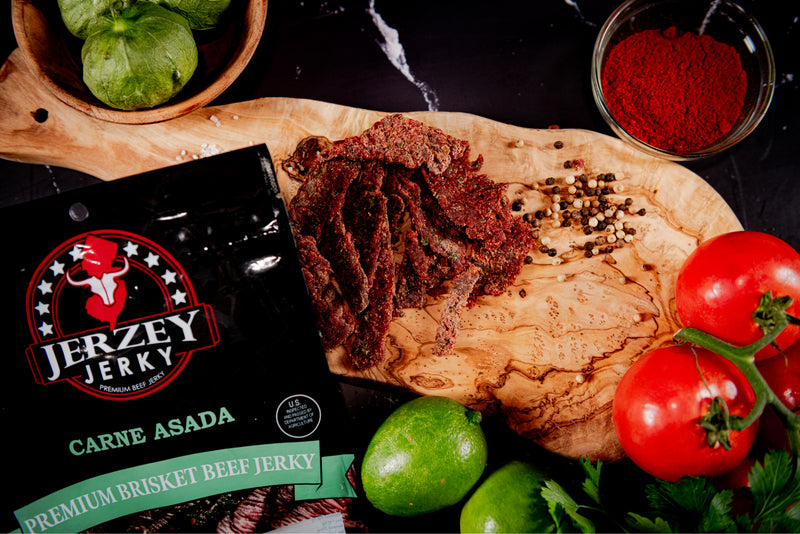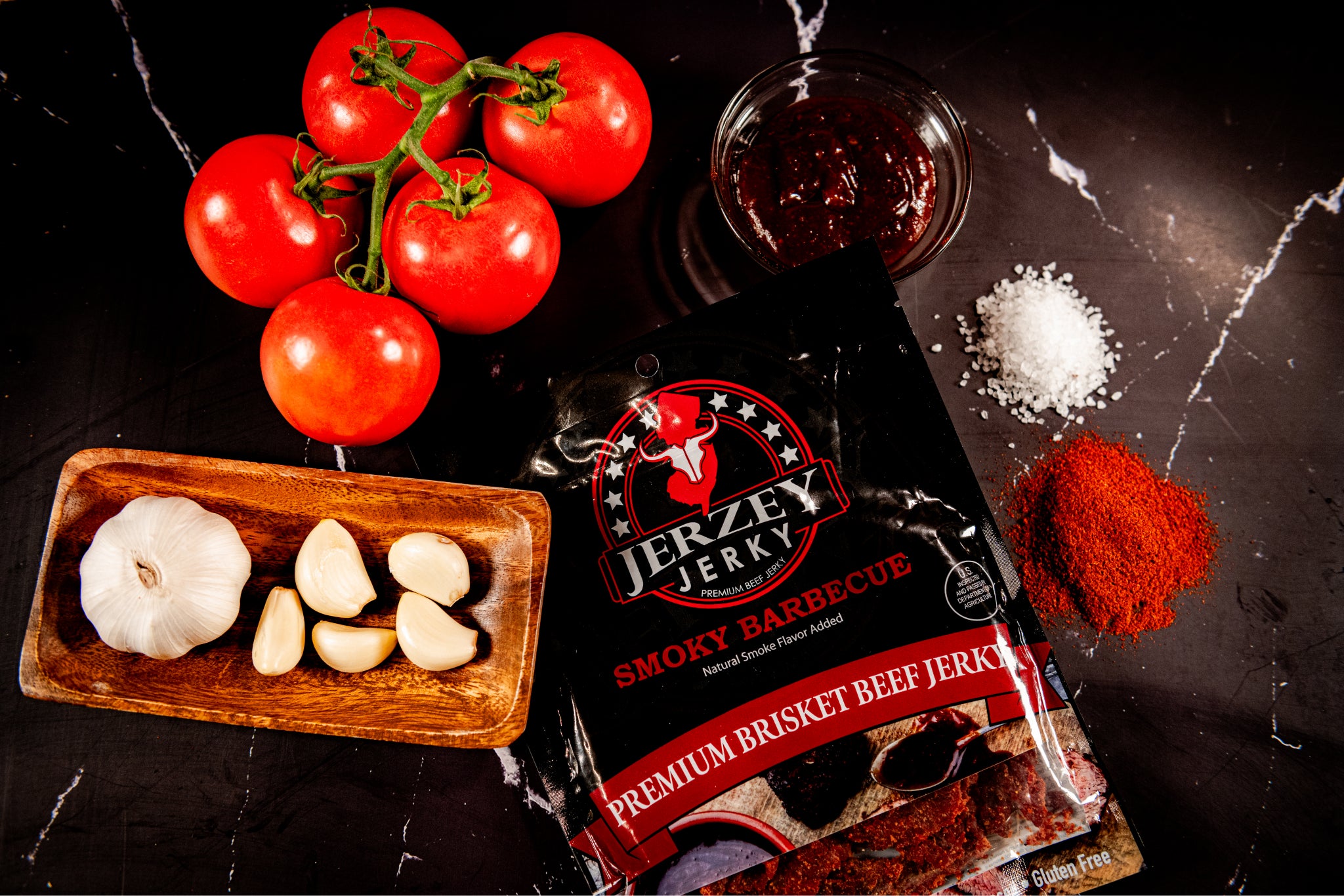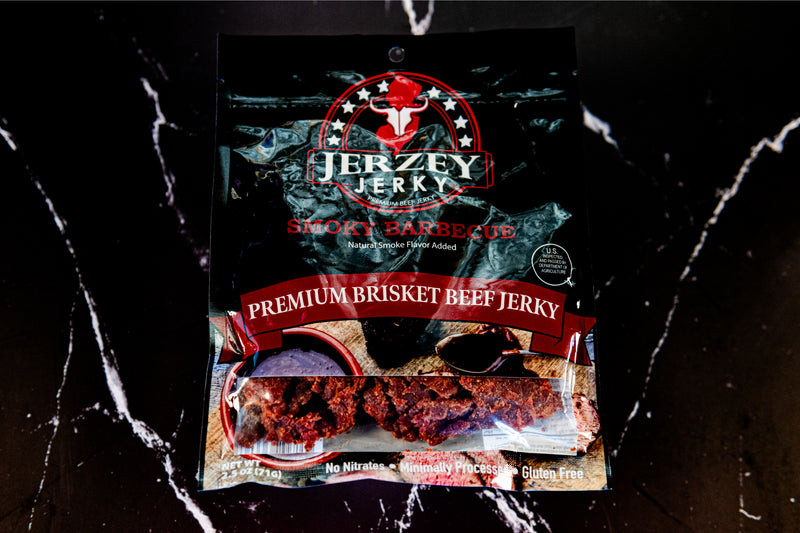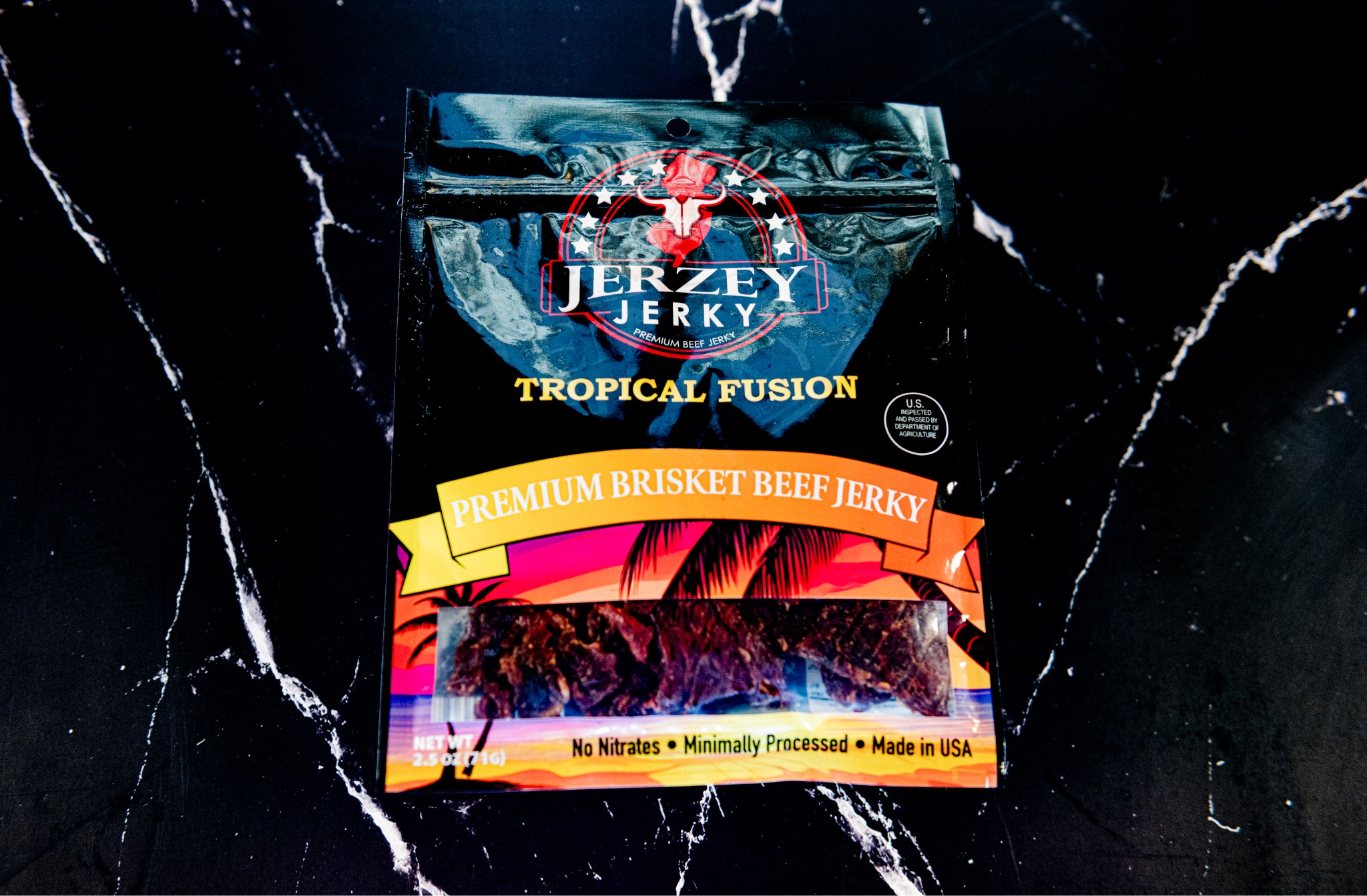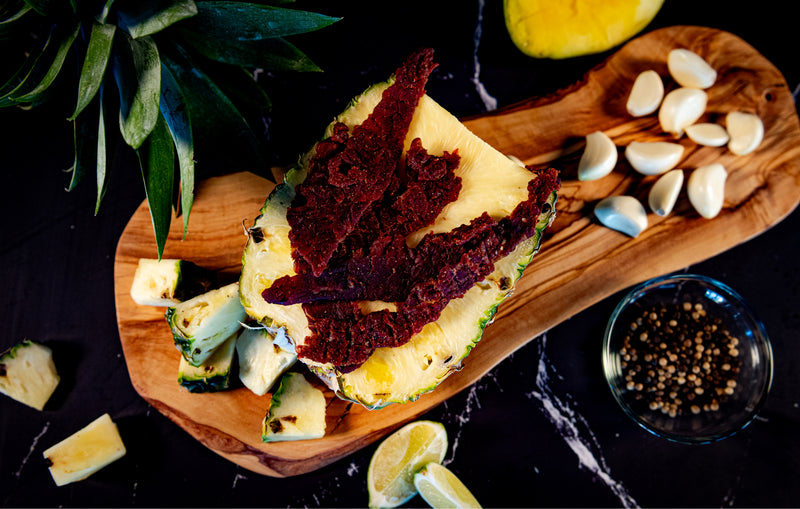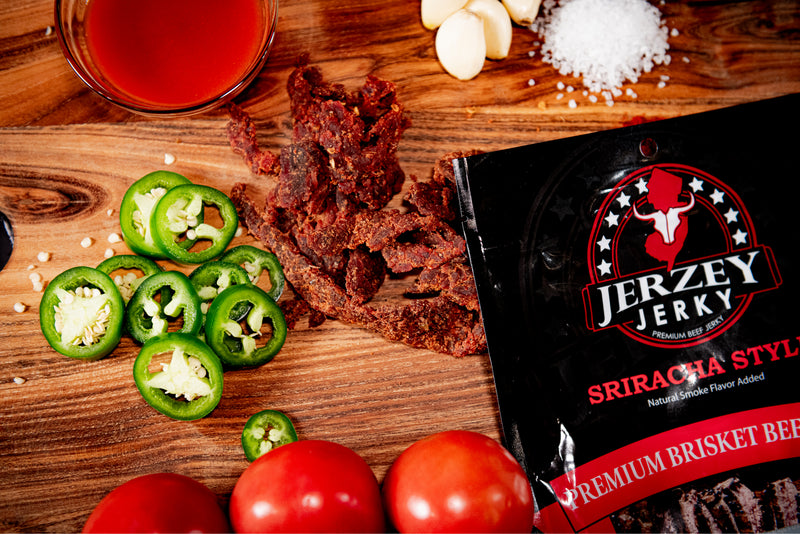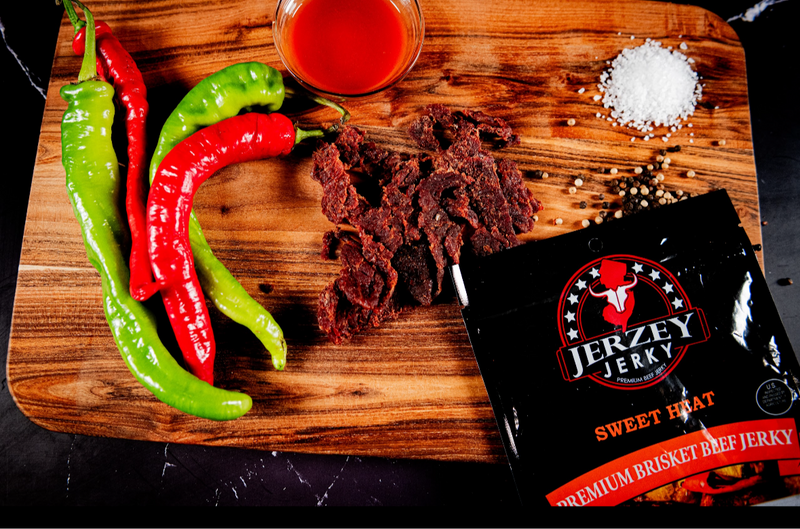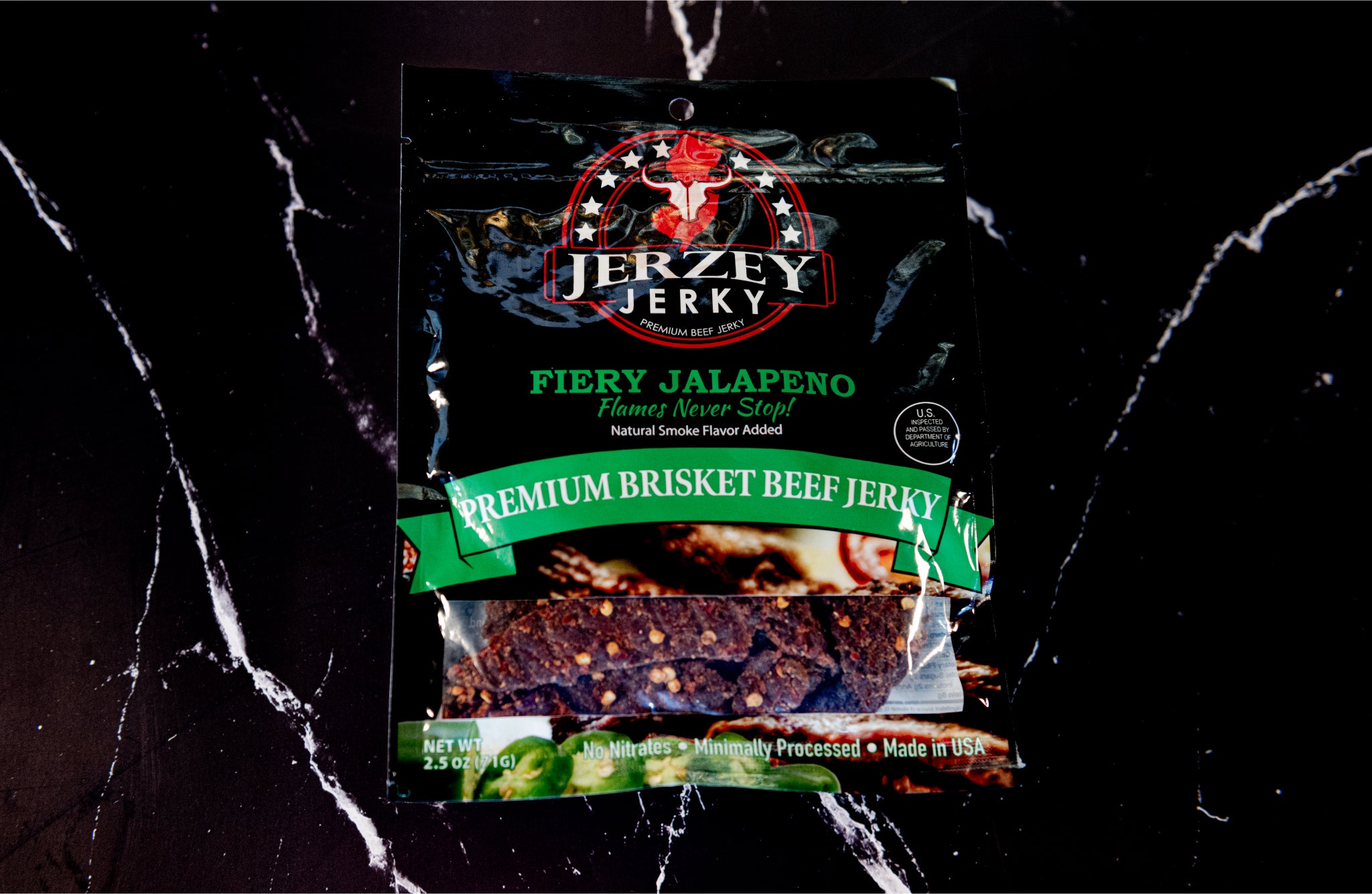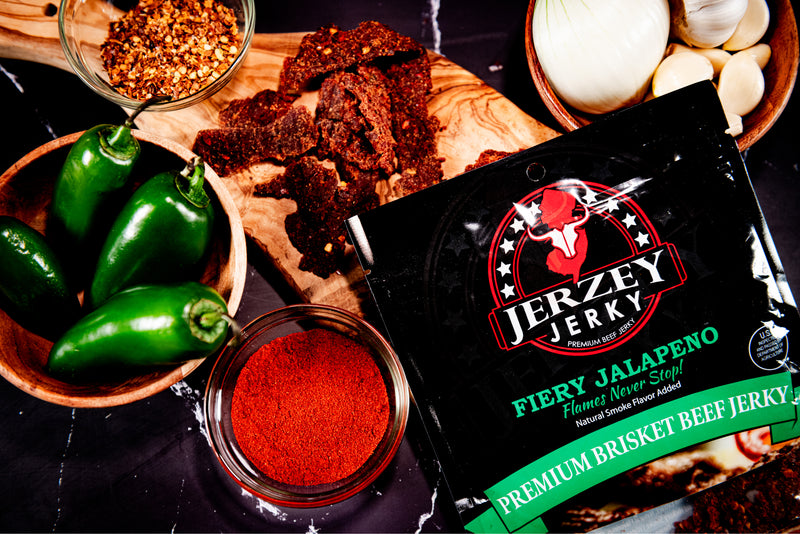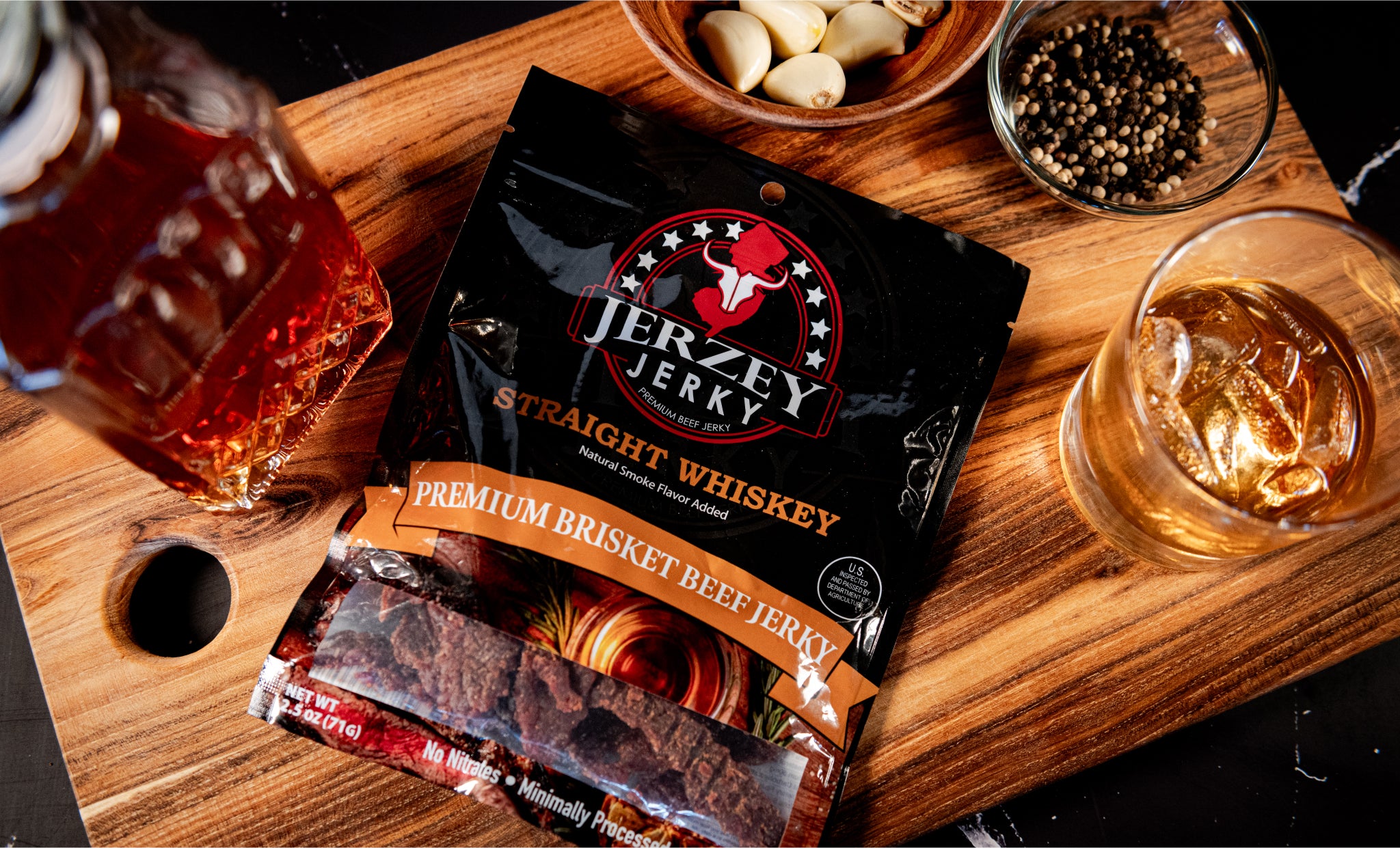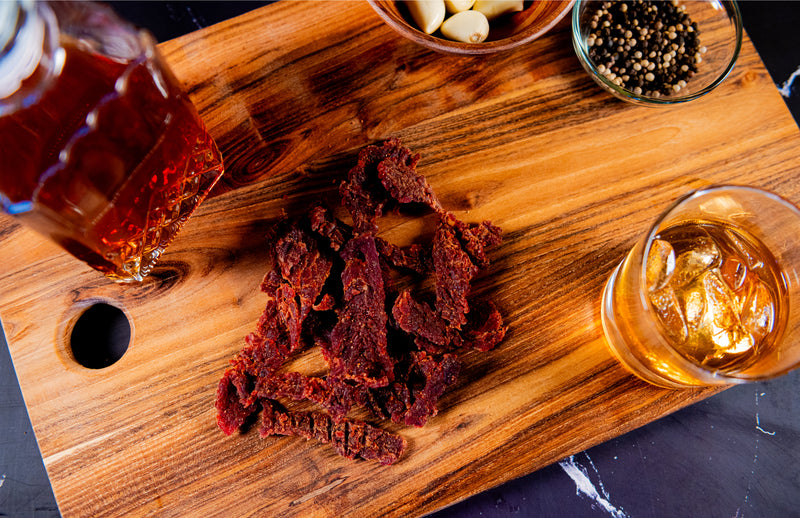
Highland Cattle Beef: Uniqueness, Common Cuts, and How to Identify
The Highland cattle came into existence 1,000 years ago in the Scottish Highlands. They are one of the ancient registered cattle breeds globally. The University of Glasgow did research in 2018, which found that Highland cattle are exceptionally well adapted to harsh environments characterized by wet and cold climates and rugged terrain.
They have a heavy, two-layered coat that protects them against severe weather. This robustness enables them to live and feed on rough pastures where the rest of the breeds fail to live. A 2019 study by the Scotland Rural College (SRUC) indicates that Highland cattle effectively utilize low-quality utilization on forage to produce lean, tender meat.
The breed results in less fat beef and a unique taste. Highland cattle are utilized as both a source of resilience and meat. This unique combination makes them a heritage breed that can survive in harsh conditions and sustainable food production systems all over the world.
What Do Highland Cattle Look Like?
Here are the three main physical features of Highland cattle:
- Coat & Build: Highland cattle possess a shaggy and thick double coat that is quite good at protecting against cold and wet weather. They have hardy, well-built physiques that enable them to live and endure in rough and rugged, uneven terrain.
- Horn Structure: Male and female Highland cattle develop long out-turns and out-reaches. These horns are used to fight off predators and help in digging through the snow or dense vegetation to reach food in poor conditions.
- Coat Colors: Highland cows come in a range of colors. It is reddish-brown in the majority of cases, although black, brindle, yellow, and white coats are also possible. The color of their coat does not define their strength or capacity to brave harsh conditions.
Shop the best-selling Fiery Jalapeno Beef Jerky - Brisket & Straight Whiskey Beef Jerky - Brisket
Why Are Highland Cattle Unique?
Here are the four primary reasons why Highland cattle are unique:
- Tolerance of Cold Climate: Highland cattle are well adjusted to wet, cold, and harsh conditions. Their double-layered, thick coat protects them against low temperatures and rain, and they can survive in many places that are not habitable or sensitive to many other breeds.
- Hardy Grazers: The highlands eat the poor food that other breeds refuse to eat and they thrive on rugged land not easily available. They can utilize poor vegetation and convert it into energy that aids survival and meat production in the harsh landscapes where resources are scarce.
- Docile Temperament: Highland cattle are calm and gentle, and hence easy to handle and manage. Their calm nature minimizes stress when engaged in farming activities which is beneficial to the animals themselves and their keepers in normal operations.
- Sustainable Breed: Highland cattle are applicable in low-input, environmentally friendly grazing. Their grazing enhances biodiversity and soil health with very minimal supplemental feed which enables sustainable agriculture that conserves the environment.
What Are the Common Cuts from Highland Cattle?
Here are the three standard cuts from Highland cattle:
- Premium Cuts: Highland beef comprises ribeye, sirloin, tenderloin and striploin. These cuts are lean and flavorful being used mainly for barbequing or roasting. They sell excellent beef that's sought by chefs and customers for the flesh and the taste.
- Economic Cuts: Brisket, chuck, flank, round and ground beef are raised on Highland cattle. These cuts are less tender but are great for cooking. They are ideal for slow cooking, stews and burgers at an affordable price without sacrificing the breed's rich flavour.
- Specialty Uses: Highland beef is found in handmade sausages and cured meats. Its lean flavor profile and taste make it perfect for specialty items. These applications enhance the breed's versatility towards non-traditional beef cuts.
How Is Highland Beef Cooked?
Here are the three ways Highland beef is cooked:
- Best Dishes: Highland beef is suited to roasts, steaks, burgers and prime cuts. It provides lean and flavorful meat that suits a variety of recipes, in both simple grilled steaks and more elegant roasted foods, in order to bring to the table its natural taste and texture.
- Best Methods: Grilling, roasting, pan-searing and slow cooking are most preferable when working with Highland beef. Slow-cooking also makes the hard meat more tender, whereas grilling and pan-searing make the high-quality cuts such as ribeye and sirloin more flavorful and juicy.
- Cooking Tips: Do not overcook Highland beef as this results in tough and dry meat. Lean cuts are marinated to be more moist and flavorful. Proper heat and timing allow the meat to remain tender, which emphasizes the benefits of this beef breed.
How to Identify Real Highland Beef?
Here are the five key ways to identify authentic Highland beef:
- Certified Labels: Certified labels by the Highland Cattle Society (UK) or similar societies attribute certainty to the source of the beef. Such certifications ensure the meat is real Highland beef, and its authenticity and quality control are guaranteed.
- Breed Source Verification: Highland beef is authentic, is bred in registered Highland herds and verified. To ensure purity of the breeds, breeders keep records of the genetic lines so as to guarantee the buyers of the authenticity of the origin of the meat as Highland.
- Meat Appearance: Real Highland beef is lean and deep red in color. It also possesses a fine muscle grain and mild marbling, making it different from other types of beef and suggesting high-quality and healthy meat.
- Coat & Horn Traceability: Highland cattle are long and thick-haired and have characteristic curved horns. The breeders tend to send photographs or Pedigree data to ascertain the identity of the animal and ensure that it is a pure Highland cattle.
- Butcher Labeling: Specialty or artisanal butcher shops have visible labels that say, “Highland Beef.” The labeling assists buyers to differentiate between the imitation beef and the real Highland beef due to the labeling.
Why Choose Highland Cattle for Farming?
Here are the three reasons to choose Highland cattle for farming:
- A low Maintenance: Highland cattle require fewer feeds and veterinary services than many other breeds. They are cost-efficient and labor-saving due to their powerful health and ability to graze diligently, and this helps farmers with few resources or coarse grazing pastures.
- Good Maternity Characteristics: Highland cows are good calvers and protective. They usually have easy calving and are attentive to their young, with higher survival ratios and help the herd grow without additional assistance.
- Climate Resistance: Highland cattle can thrive in cold and less productive regions. They are well suited to farms in poor climates and poor soil conditions, and their thick coat and hardiness enable them to manage where other breeds fail.
Is Highland Beef Sustainable?
Highland cattle facilitate natural grazing that ensures the biodiversity of grassland. They also avoid overgrowth of plants through their grazing thus keeping ecosystems balanced. Research indicates that this grazing technique favors animal and plant diversity in grasslands.
These cows are suited to low-input and rotational grazing schemes. They need very little supplementation and do best on natural forage. This method lowers the cost of maintaining the feed and has less impact on the environment compared to intensive farming.
Highland cattle are known to mature slowly compared to other types of cattle, but their beef is very much in demand in the market. Its customers take pride in its quality and sustainable manufacturing. The toughness and grazing nature of the breed make it a viable option among environmentally friendly farmers.
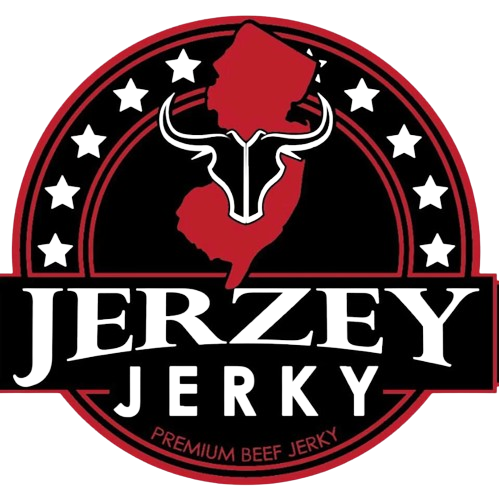
 2025-08-06
2025-08-06
 Wayne Holland
Wayne Holland

